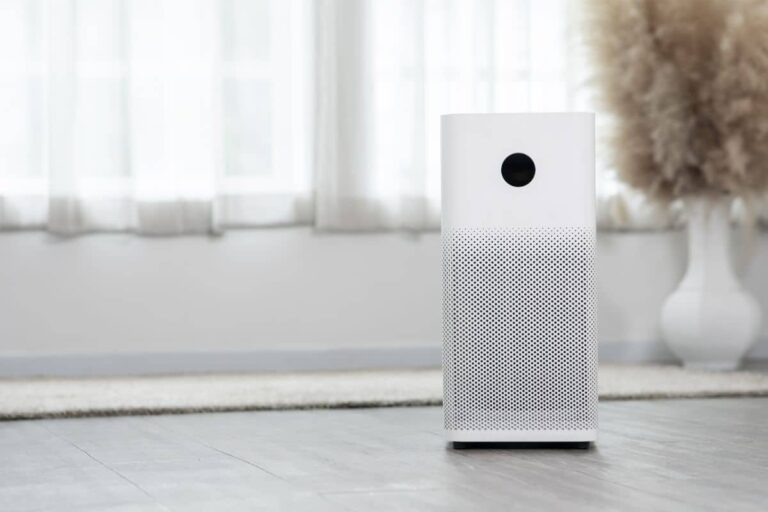What is PM1? Inside Look at Ultrafine Particles
In recent years, the conversation around air quality has intensified, with a growing focus on the impact of particulate matter on human health and the environment. Among these particles, PM1, or ultrafine particles, has emerged as a significant concern due to its potential to cause harm. This article delves into what PM1 is, its sources, health implications, and measures for control and prevention, offering an inside look at these microscopic pollutants.

Understanding What PM1 Is
Particulate matter (PM) is a complex mixture of tiny particles and liquid droplets suspended in the air. These particles are categorized based on aerodynamic diameter, with PM1 denoting particles one micron or smaller. Due to their minuscule size, PM1 particles can penetrate the lungs and even enter the bloodstream, posing significant health risks.
Sources of PM1
PM1 particles originate from various sources, both natural and anthropogenic. Some everyday human-made sources include combustion processes such as motor vehicle emissions, industrial activities, and burning fossil fuels for energy production. Natural sources include forest fires, dust storms, and volcanic eruptions. However, most PM1 pollution in urban environments is attributed to human activities, particularly those related to transportation and industrial processes.
Health Implications
The health implications of PM1 are profound and multifaceted. Research indicates that exposure to these ultrafine particles can exacerbate respiratory conditions such as asthma and lead to cardiovascular diseases, stroke, and even premature death. PM1 particles can carry toxic organic compounds and heavy metals, contributing to their potential to cause harm when inhaled. Due to their ability to penetrate the respiratory tract deeply and cross the bloodstream, PM1 poses a greater health risk than larger-sized particulate matter.
Control and Prevention Measures of PM1
Addressing the challenges posed by PM1 requires a multifaceted approach involving regulation, technology, and community engagement. Governments and environmental agencies have begun implementing stricter emissions standards for vehicles and industrial processes, aiming to reduce the release of PM1 into the atmosphere. Technological advancements, such as improved filtration systems in industries and the development of cleaner combustion technologies, play a crucial role in minimizing the generation of these particles. Public awareness and behavior change, such as reducing reliance on fossil fuel-powered transportation, can minimize PM1 levels.
Reducing PM1 in Homes
Several strategies can be effective for homeowners looking to reduce PM1 levels, while others lack technology suitable for consumer-grade products.
Air Purifiers
Utilizing air purifiers equipped with HEPA filters can significantly reduce the concentration of PM1 indoors, potentially reducing health risks. HEPA, a mechanical air filter, is an acronym for “highly efficient particulate air [filter].” It is reported that these filters can theoretically remove at least 99.97% of air pollutants, such as dust, pollen, mold, bacteria, and other pathogens, as long as they are cleaned periodically. Air purifiers range in different ACH rates; some are better for different-sized areas. Finding an appropriate air purifier with an ACH rate for your space is best.
For instance, the Coway Airmega 400 is widely regarded as one of the best air purifiers for removing ultrafine particles. It contains both an activated carbon filter and a Green True ^™ filter. The Airmega 400 effectively filters 99.999%¹ of nano-sized pollutants down to 0.01 microns in rooms up to 1,560 square feet. With a filter that lasts for a year before it needs to be replaced and three different settings, the Airmega 400 is a powerful air purifier that can adapt to nearly any space.
Limit Combustion
Reduce the amount of indoor combustion sources to reduce smoke. Daily sources of these ultra-fine smoke particles can include:
- Fireplaces
- Gas stoves
- Cigarettes and cigars
- Candles
If you do use any of these, be sure to ventilate the room with fresh air.
Air Quality Monitors
Monitoring indoor air quality with reliable monitors enables homeowners to stay informed about the levels of PM2.5 and PM10 pollutants inside their homes but are typically unable to monitor PM1.
Air quality monitors are excellent tools that are essential for making informed decisions about when to run air purifiers and take other actions to improve indoor air quality.
Conclusion
PM1, or ultrafine particulate matter, represents a significant environmental and public health challenge. The inherent ability to penetrate the human body makes it particularly dangerous due to the small size of these particles, making them not just an environmental concern but one of public health—making them worth urgent and comprehensive measures to mitigate the impact of these pollutants in our environment.






